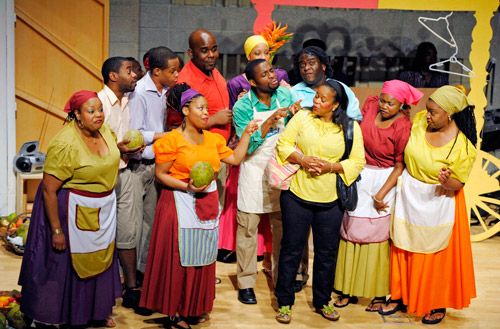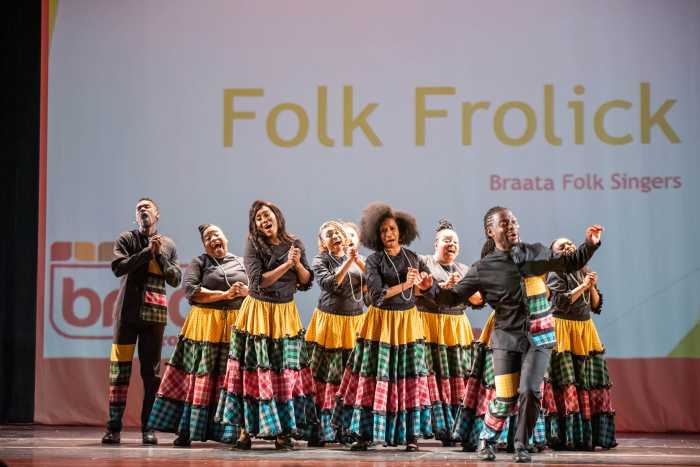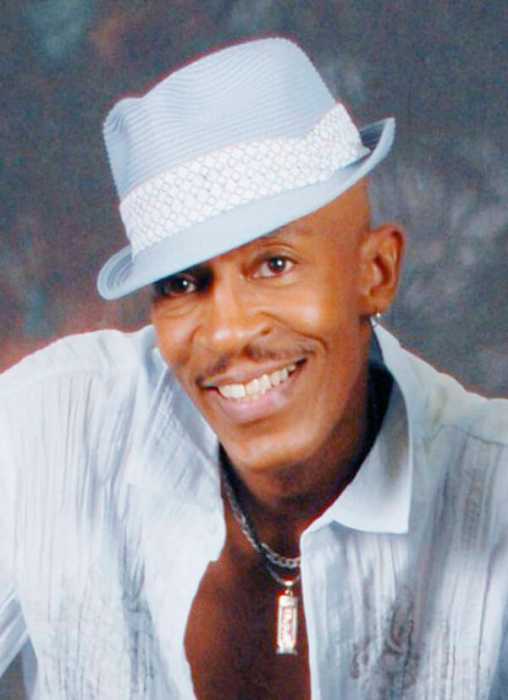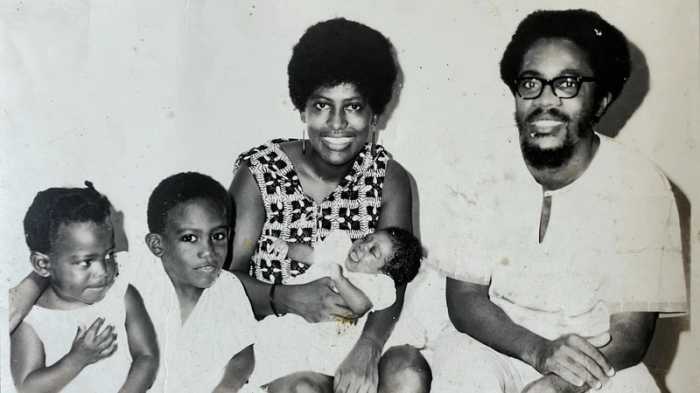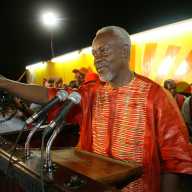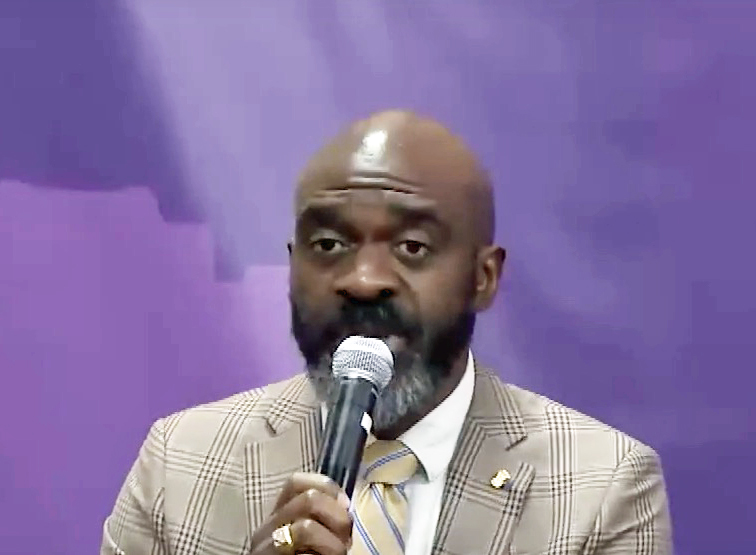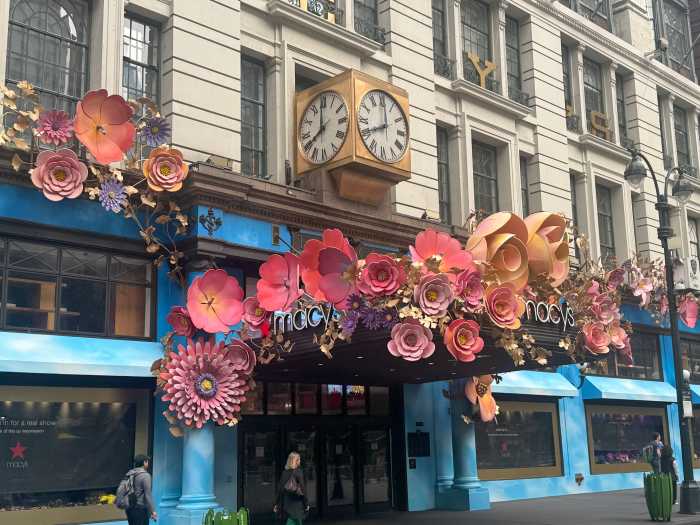Forty-four years ago President Jimmy Carter designated June in honor of Black Music Month.
Since that date in 1979, radio practitioners have vigilantly ascribed appropriate programming to pay tribute to outstanding Black contributors of every genre by playing vintage signature songs and current recordings from stellar artists.
Notwithstanding, BRAATA Folk Singers celebrated the milestone calendar distinction by sampling selections lauding two exemplary Black icons.
The eclectic music ensemble represented by talents from numerous Caribbean islands presented a Caribbean Blend which attracted audiences in Queens, the Bronx and Brooklyn.
On a show billed to spotlight folk music from Dominica, the Bahamas and the twin islands of St. Kitts & Nevis, the group opened their touring concert set with songs in memory of pop icon Michael Jackson.
The repertoire included “They Don’t Care About Us,” “Heal The World,” “Earth Song,” “Black or White,” “HIStory,” “Will You Be There,” and “Man In The Mirror,” hits the legend gifted the world before his untimely death in 2009.
Privileged and appreciative patrons responded with ovation.
And while the king of pop received his due, a rousing approval transformed to sing-along melody when honor was paid for the legacy Harry Belafonte left when he died on April 25, 2023 at age 96.
Revered by a global audience, Caribbean nationals are particularly possessive as claimants of his heritage.
Dubbed the king of calypso, Belafonte brought the region’s folk music to worldwide acclaim by recording popular songs reportedly unknown to mass audiences.
Among them: “Jump in the Line,” “Mathilda,” “Mary’s Boychild,” “Jamaica Farewell,” “Island In The Sun,” “Mama Look a Boo Boo,” “Man Smart, Woman Smarter,” “Coconut Woman” and the “Banana Boat Song (Day-O).”
In the Bronx, decibels amplified when the audience echoed the chorus of the song which became his signature song.
“Day mi sey day mi sey day mi sey day mi say day-o
Daylight come and we want go home…”
The lyrics seemed familiar to every patron as the sundown salute resonated with deafening accompaniment.
According to Andrew Clarke, founder and creative director “this is nothing new, throughout each season, we always give a new and different repertoire.”
For 14 years, the cultural ambassadors have been delivering on a promise to provide eclectic entertainment to the underserved Caribbean community residents of Manhattan, Queens, Brooklyn and the Bronx.
While loyalists expect gospel renditions, traditional Jamaican folk and dancehall tunes, BRAATA delivered brawta.
That’s the patois word Jamaicans interpret to mean ‘a little extra.’
For many the main course was served when reggae’s dancehall beats introduced Tony Rebel’s “If Jah Is By My Side,” Buju Banton’s “Not An Easy Road” Everton Blender’s “Lift Up Your Head,” and the Mikey Bennett produced “Rise Up” 1998 anthem.
Guitarists Colwyn Mitchell, Newel Singh, keyboardist Joel Edwards and drummer Allan Wellington did not miss a beat, the four musician kept pace with sopranos, tenors, altos and bass singers who segued in style to give total praise to each medley.
At each juncture, the songs provoked spontaneous applause, laughter and even dance.
Next year for the 15th anniversary presentation, Clarke and his folks are aiming for an Off-Broadway venue.
BALLET HISPANICO DANCES INTO CITY CENTER
Rhumba, conga and cha-cha rounded out an escape to “Club Havana” when Ballet Hispanico entreated dance enthusiasts to a weekend’s worth of Latin revelry recently.
In actuality it was City Center’s three-day treat of rhythmic ballet that culminated each dance programs while paying tribute to Cuba’s rich heritage.
The lighting (Donald Holder), the mood, the choreography (Pedro Ruiz), the music, costumes (Ghabriello Negron) and dancers all contributed to an homage that will not soon be forgotten.
Antonio Cangiano, Gabriella Sprauve and Omar Rivera opened the program before Cori Lewis, and Amir Baldwin sashayed in with Isabel Robles and Dylan Dias McIntyre, Amanda del Valle and Paulo Hernandez-Farella to add tropical pageantry to the scene. Together the company steamed when Fatima Andere shimmered under a silver disco ball with Cangiano and Rivera.
The dance premiered at the Joyce Theater in 2000 and has not lost its luster.
Viva Club Havana!
Also entrancing were the brilliance invested in “Sor Juana,” an ode to the Mexican feminist for whom the program is named.
Michelle Manzanales’ choreography in collaboration with music from an amalgam of wunderkinds delights in unravelling the legacy of the 17th century poet, scholar, nun whose full name must be exalted, Sor Juana Ines de la Cruz.
There was power in each movement, glory in each gesture and strength in every entrance.
Gabriella Sprauve, the diva of Hispanico dueted with Isabel Robles to bouquets of appreciation. And her solo is nothing short of eye candy which lent whimsical mysticism to the enlightenment.
Seven years ago, Harlem’s Apollo Theater must have been destination central because there is where “Linea Recta” made its debut.
These many years later choreographer Annabelle Lopez Ochos, lighting designer Michael Mazzola, with music by Eric Vaarzon, and costumier Danielle Truss scored a tour de force in executing an impacting masterpiece.
Truss excelled in showcasing fashion, dance and storytelling.
The red outfit will remain indelibly imbedded in the memory of patrons en perpetuity for its captivating appeal that relayed the story.
Kudos to the cast whose captivating performance enthralled a grateful patronage. Particularly engaging performances included the matinee programs: The Trio, which featured Sprauve with Cangiano and Rivera; del Valle, Robles, Cori Lewis and Sprauves’ Scorpion Dance and Men’s Dance with Rivera, McIntyre, Hugh Pizano Orozco and Cargiano.
Others in the company include Isabella Vergara and Ana Estrada,
Contrary to popular belief, Ballet Hispanico is not a dance company from Latin America. It is the largest LatinX Hispanic cultural organization in America and is regarded as an American treasure created to ‘bring communities together to celebrate the multifaceted LatinX diaspora.’


